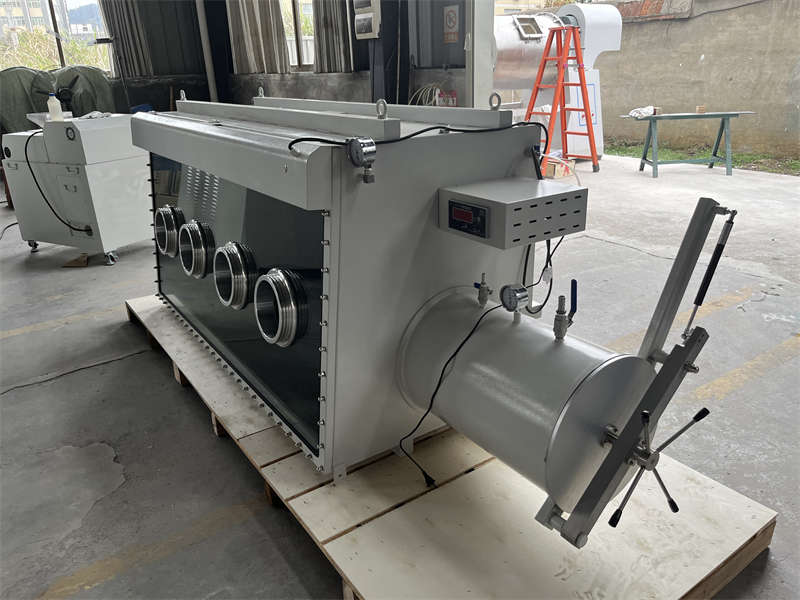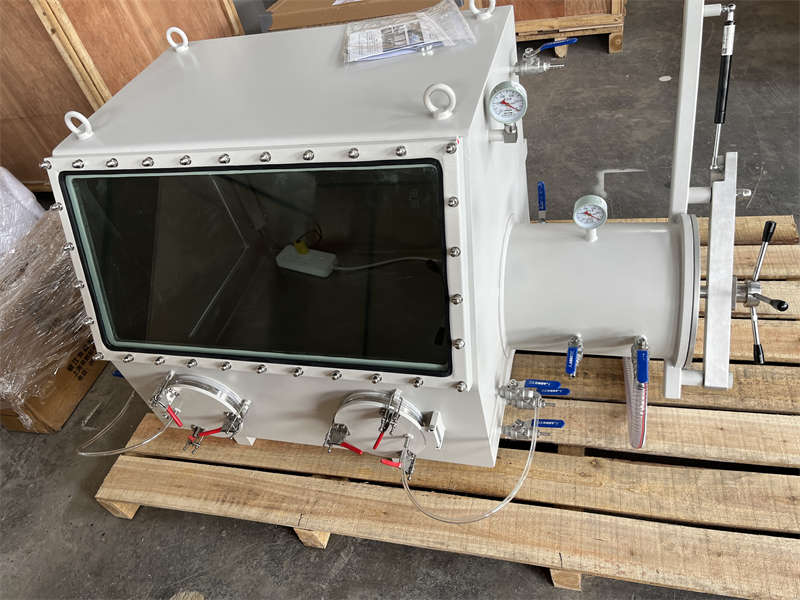Navigating the Brazilian Market: Sourcing Anaerobic Glove Boxes
The acquisition of an anaerobic glove box is a critical decision for laboratories and industries requiring oxygen-free environments.

Brazil, a country with a growing scientific and industrial landscape, offers a range of options for procuring this specialized equipment. This article delves into the complexities of sourcing anaerobic glove boxes within the Brazilian market, focusing on factors crucial for making informed decisions.
Understanding the Brazilian Market: A Unique Ecosystem
Brazil’s industrial and scientific sectors are experiencing rapid growth, driving the demand for specialized equipment like anaerobic glove boxes. However, the market dynamics differ significantly from developed economies. Factors such as import regulations, local manufacturing capabilities, and distribution networks influence the procurement process.
تحديد المتطلبات: مخطط واضح

Before embarking on the procurement journey, clearly defining the specific needs for an anaerobic glove box is paramount. Key considerations include:
Chamber Size: The internal dimensions required to accommodate the equipment and materials to be handled.
Vacuum Capability: The necessary vacuum level for the intended applications.
Atmosphere Control: The ability to introduce and maintain specific gas mixtures (e.g., nitrogen, argon).
Purification System: The efficiency of the system in removing oxygen and moisture.
Glove Material and Design: The suitability of the gloves for the intended tasks and the operator's comfort.
Safety Features: Emergency venting, pressure relief, and interlock systems for operator protection.
Additional Features: Optional features such as pass-through ports, integrated balances, or gas analyzers.Sourcing Channels: Navigating the Brazilian Landscape
Several avenues can be explored when sourcing anaerobic glove boxes in Brazil:
Domestic Manufacturers: While the domestic market for anaerobic glove boxes might be limited, identifying Brazilian manufacturers can support local industries and potentially offer competitive pricing.
International Suppliers: Importing from countries renowned for glove box technology, such as Germany, the United States, or Japan, can provide access to advanced equipment. However, import duties, customs regulations, and shipping costs must be considered.
Local Distributors and Dealers: These intermediaries can offer technical support, installation, and maintenance services. However, it's essential to verify their expertise and the quality of the equipment they represent.معايير التقييم: ضمان الجودة والأداء
When evaluating potential suppliers, consider the following criteria:
Product Quality: Assess the materials used, manufacturing processes, and quality control measures.
Technical Specifications: Verify that the glove box meets the required performance parameters.
After-Sales Support: Evaluate the availability of technical support, spare parts, and maintenance services.
Compliance and Certifications: Ensure the glove box complies with relevant safety and quality standards.
Cost-Benefit Analysis: Compare the initial investment, operating costs, and long-term value of different options.التحديات والاعتبارات
Sourcing anaerobic glove boxes in Brazil might present unique challenges:
Import Restrictions: Understanding import duties, taxes, and regulations is crucial.
Currency Fluctuations: The Brazilian real's volatility can impact the overall cost of the equipment.
Technical Expertise: Ensuring the availability of skilled technicians for installation, maintenance, and troubleshooting.
Infrastructure: Considering the availability of power supply, compressed air, and other utilities.Conclusion: A Strategic Partnership
Acquiring an anaerobic glove box is a strategic decision that requires careful planning and evaluation. By understanding the Brazilian market, defining specific requirements, and conducting thorough research, laboratories and industries can select the optimal equipment for their needs. Building strong relationships with suppliers is essential for long-term success.
Would you like to delve deeper into specific aspects of anaerobic glove box operation or maintenance, or explore the challenges associated with operating these systems in Brazilian conditions?
